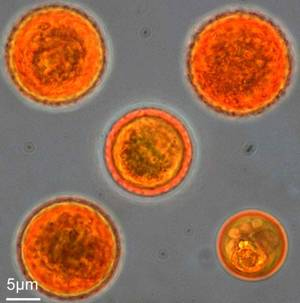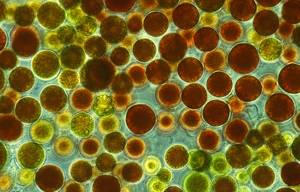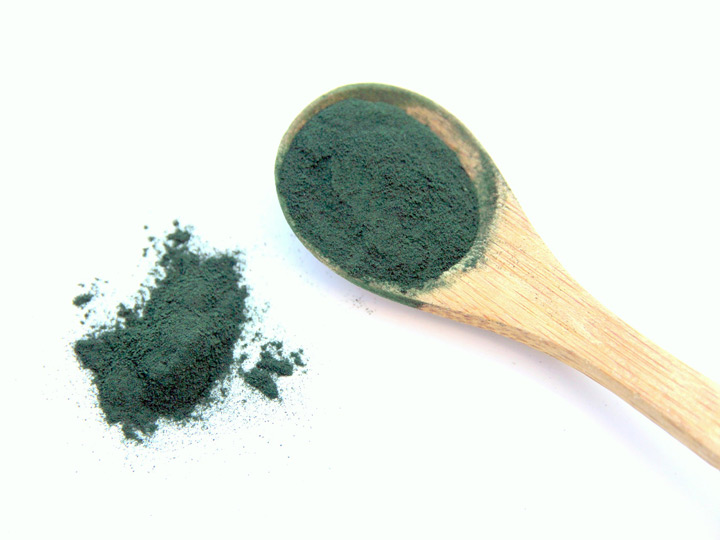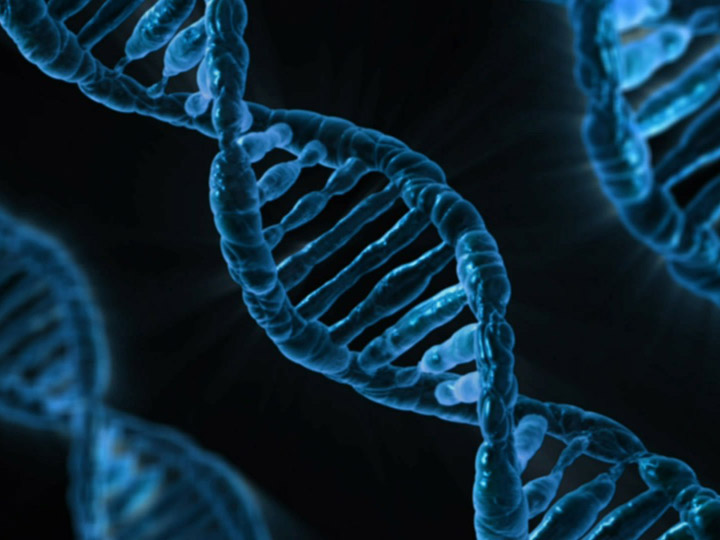Bio-Algae Concentrates (BAC) is a specially researched blend of microalgae, the oldest form of food on the planet. Fossils exist of cyanobacteria blue-green algae that are over 3.5 billion years old. There are over 70,000 algae, species or types of algae in the world. Some are magnificent whole foods such as spirulina and dunaliella as contained in BAC.
BAC is not a conglomeration of separate, isolated vitamins and minerals, or extracted and concentrated ingredients bound together and compressed with fillers in a pill. BAC is actually a natural whole food product containing just four micro-algae.
Bio-Algae Concentrates (BAC) is a proprietary blend, a private blend
Of all nutritive substances that health science knows about, very few are not found in BAC. BAC contains the most nutrients and phytonutrients dense algae found on earth selected amongst thousands and empirically tested for 20 years. For example, over 200 different strains of blue-green algae were investigated by the Russian researchers. The rationales for this selection will become clear as you read on.
There are thousands of known nutrients in Bio-Algae Concentrates (BAC), and many unknown
BAC is a blend of four whole microalgae (whole as in whole food), each containing thousands of nutrients that are seen under the microscope or detected with the latest laboratory equipment. As with some fruits and vegetables, in BAC’s microalgae, there are hundreds and possibly thousands more phytonutrients that are too small to be seen with our current microscopes and technologies, but that will be identified in the years to come. For example a few decades ago we managed to identify licopene in tomatoes even though it had been present in tomatoes for thousands of years.
Principal Ingredients
The BAC blends contain four highly nurtured and balanced microalgae:
- Spirulina Pacifica
- Spirulina Platentis
- Dunaliella Salina
- Heomatococcus Pluvialis
Spirulina Pacifica and Plantentis

Is a microalgae that cannot be seen by the naked eye, being multi-cell blue green algae. It is grown in warm and brackish water, that has alkaline properties. The most researched strain, researched in more than 30 countries and by some 4,000 scientists worldwide, is Platensis. The root of “spirulina” comes from Latin. Helix or spiral means the spiral shape like a whorl as Deurben, the German scientist, had named spirulina in 1927.
Spirulina is generally found in fresh water, brine and brackish water. It consist of 60-70 % protein in dry weight. Its protein elements include 18 types of amino acids, several vitamins, such as vitamin A, B, E, H and minerals, thousands of enzymes and several essential and non-essential fatty acids.
Dunaliella Salina

Is a single cell, salt-water micro-algae that accumulates massive amounts of carotenoids under appropriate growth conditions. It is characterised by its ability to accumulate very high concentrations of beta-carotene. Concentrations of up to 14% of dry weight have been reported (Aasen et al., 1969; Borowitzka, LJ et al., 1984). The green unicellular flagellate Dunaliella Salina also accumulate very high concentrations of glycerol (Borowitzka, LJ and Brown, 1974; Borowitzka, LJ, 1981 b).
Natural mixed carotenoids found in Dunaliella Salina are among nature’s best antioxidants, containing a variety of carotenoids including beta carotene, alpha carotene and xanthophylls like zeaxanthin, cryptoxanthin and lutein. Natural mixed carotenoids belong to a family of naturally occurring yellow, orange and red pigments, which are also found in various fruits, cruciferous, yellow and dark – green vegetables as also abundantly in certain microalgae.
Haematococcus Pluvialis

Is believed to be by far the world’s richest known source of astaxanthin, a unique natural carotenoid pigment and biological antioxidant. When compared with vitamin E, astaxanthin’s potency as an antioxidant ranges from approximately 80 times to as much as 900 times greater. Additionally, when tested against a wide array of ROS and nitrogen-reactive species, astaxanthin appears to be the most effective in scavenging this wide variety of harmful products. Astaxanthin is known to be able to span the lipid/protein bilayer of biological membranes, imparting a powerful antioxidant effect.
Haematococcus pluvialis’ mixed carotenoids combination yields superior potency and versatility for an ideal antioxidant. Additionally, because its astaxanthin appears to enter the central nervous system better than many other antioxidants, its utility in many central nervous system disorders holds significant promises.
BAC is likely the most complete food on earth
Find next a summary list of the nutrients of the algae that compose BAC.
- High-quality complete protein that is more dense and more digestible than any animal-derived protein. (between 25% to 50% protein.)
- All known essentials and non essentials amino acids
- All known vitamins: A, B complex, C, D, E and K.
- All the known B vitamins, including vitamin B12 (human active) which is almost never found in plants. Great for vegan and vegetarian.
- All known minerals and trace elements: calcium, magnesium, zinc, potassium, sodium, iridium, iron, etc.
- The “good fats that heal”, the essential fatty acids Omega-3, Gamma Linoleic Acid (GLA), and non essential Omega-6, Omega-9, and many more fatty acids.
- Over 4,000 enzymes critical for good health. Enzymes facilitate breakdown of foods and increase the reproduction of lacto-bacilli, the bacteria that digests our food.
- Mucopolysaccharides: these lipids and polysaccharides are clinically observed to provide immune system modulation and reduction of blood sugar level to normal
- Alpha and Beta-carotene with antioxidant power hundreds of time more protective than vitamin E and C.
- Dozens of other antioxidants in the form of mixed-carotenoids: licopene, lutein, quercitin, phycocyanin, and many more.
- Nucleic acids (RNA & DNA).
- Chlorophyll with extraordinary calcium spirulan.
The detailed list of nutrients in algae like spirulina and chlorella are frequently made available by the grower of these algae and in the scientific literature.
The first thing you will note is that they are never the same. Anyone is welcome to make a blend of algae as there are a few others on the market. But I urge you to consider the research involved with BAC. Like grandmother’s soup, making a blend of microalgae is both art and science. Either it will result in a nutritious soup or be a disaster if you don’t know what you are doing. BAC is hundreds of times more complex and delivers hundreds of times more nutritional benefits than soup.
The exact quantity, weight or values can never be exactly the same
As with any vegetable or fruit or meat, when dealing with whole food you can never achieve exactly the same nutritional values. No two tomatoes can grow with identical vitamin or mineral content. That is the way nature is. With the micro marine life as is the case with the microalgae in BAC we have even less control of the specific ingredients. But as in most foods the value will tend to be approximately 80% the same given the same growing environment and technologies applied. With BAC, the most advanced and rigorous algo-technologies are applied to maintain its stability, high quality, continuous potency and results.
Many of BAC’s nutrients are impossible to measure with our most advanced instruments
As with most microalgae, thousands of BAC’s nutrients are known, but many are too small and/or not identified. Experience proves that all nutrients are important. In Natural life is rarely about quantity but frequently about quality and functionality. We have identified over the last century hundreds of nutrients that are essential to health. Vitamin C is one example.
As our technology and knowledge advances we are continually discovering new phytonutrients and understand their importance to life. A good example is aluminum which until recently was thought to be useless to life processes. It is now thought to be involved in the action of enzymes such a succinic dehydrogenase and d-aminolevulinate dehydrase (involved in porphyrin synthesis). And microalgae have been the furthest (smallest) frontier of exploration. It is here where we will discover many phytonutrients in the future.




